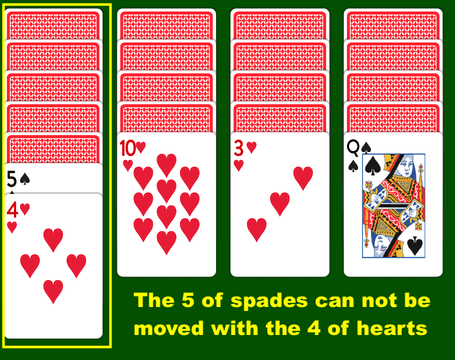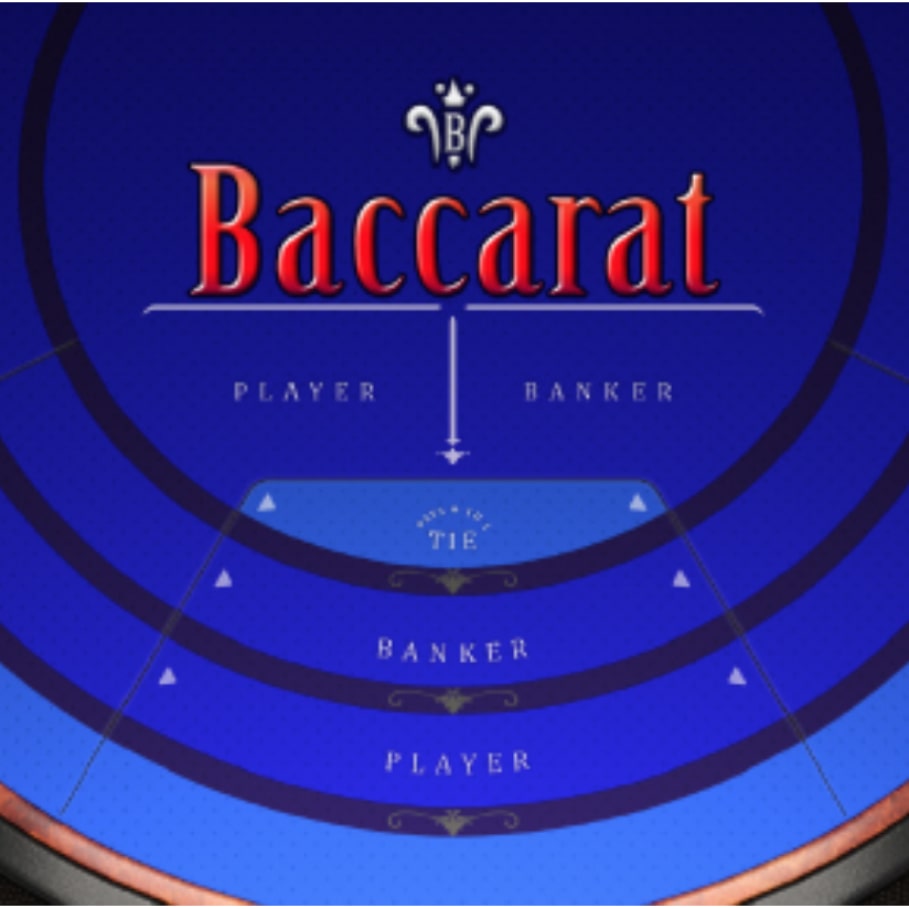Spider Solitaire - Play Online & 100% Free Solitaired.com
Play Spider Solitaire for free with no download or registration required. Try the classic one suit version, two suit version, or four suit version. Four SuitsTwo SuitsOne SuitMoreScorpionBeetleDouble EasthavenChineseEasthavenDragonTriple EasthavenSpider: All GamesNew gameRandom shuffleWinnable OnlyRestart current gameGame of the DayDifficultyEasy Shuffle new!Medium Shuffle new!Hard Shuffle new!All Games Easy Shuffle new!Medium Shuffle new!Hard Shuffle new!All Games 
Start playing unlimited games of Spider Solitaire for free. No download or email registration required, and play in full screen mode or on your mobile phone. Start playing above by clicking and moving the cards.
How to Play
Spider Solitaire is a variation of classic solitaire where you have to place 104 cards into four foundations by sorting them in a tableau. There are three difficulty levels in Spider Solitaire with 1 Suit being the easiest, 2 Suits being medium difficulty, and 4 Suits being the hardest.
Objective
Your goal is to arrange and sequence the cards in the columns along the tableau in descending order, from King to Ace. Whenever you complete a sequence, you move those cards from the tableau to one of the eight foundations. The game is won when each foundation is filled with suit-stacked cards, arranged from King to Ace, and no cards remain in the tableau.
The Setup and Play Area
Tableau: These are the ten columns of 54 cards, where where the first 4 columns have 6 cards and the last 5 columns have 5 cards. Here, you will try to arrange cards by suit, from Ace to King.
Stock pile: After cards are dealt into the tableau, the remaining 50 cards go to the stock pile. You can add cards to the tableau 10 at a time, with 1 card each going into each tableau column.
Foundation: When cards in the tableau are arranged from Ace to King, they are then placed in one of the 8 foundation piles. Once all the cards are moved to the foundation, you win!

Available Moves
-
Build a sequence of cards in the piles by moving any face-up card on top of a card with the next-highest value, such as a 9 of spades moving onto a 10 of spades.

-
You can move a group of cards in a column as a single unit to another pile if they are all in descending order of the same suit. In the below example, you can move the 10 and 9 of Spades on top of the Jack of Spades.

-
If only face-down cards remain in a column as face up cards are moved, turn the last face-down card over. This will reveal a new card, which can then be sequenced.
-
If you can not sequence any more cards on tableau, draw out 10 more cards, face-up, to each of the 10 piles in order to keep the game moving. You’ll draw from the stock pile five times over the course of the game, drawing 50 cards in total.
-
When cards are drawn from the stock pile, you may have sequences that are no longer ordered. In the below example, you’ll see there is an Ace on top of the 10. The 10 and the Jack can only be moved once the Ace is moved. All three of these cards cannot be moved together because they are not in sequence.

-
Even if a card is blocked, you can still continue to sequence below the blocked card. In the below example, even though the Queen needs to be moved, you can still put a Jack on top of the Queen. Once this is done, you need to move the Queen and the Jack to unblock and access the 9.

-
If a column is empty, you can move new cards to that column, which can then be sequenced. You can not deal cards from the stock pile if there is an empty column.
-
As you make your moves, begin to put together cards in descending order from King to Ace of the same suit in the same column. Once successfully done, those cards will be moved to one of foundation piles automatically. After the eight foundation piles are filled, you win. If all the cards have been drawn and there are no more moves left, the game is over, and you lose.
How do you play 2 Suits or 4 Suits Spider Solitaire?
1 Suit Spider Solitaire is a great way to begin to learn how the game is played. With some experience under your belt, you can challenge yourself with 2 or 4 Suits Spider Solitaire.
In 2 and 4 Suits Spider Solitaire, the general layout is the same, and the rules do not vary too much. Again, two decks will be used. In 2 Suits, 54 cards of 2 suits are used. In 4 Suits, 26 cards from each suit are used. Lay out the cards the same way you would for 1 Suit Spider Solitaire. After this, follow these rules:
-
Apply the same card-moving rules from single to multi-suit.
-
You can only move groups of cards as a single unit if they are in sequential order and of the same suit.
-
You can sequence cards of different colors or suits. However, you can only move cards together, or as a group, to other tableau columns if they are of the same suit. If you move a 4 of Hearts on top of a 5 of Spades, the 5 of Spades is blocked until the 4 of Hearts is moved. They cannot be moved together as a group.

-
Empty columns can be filled by any card, just like single suit.
-
The rest of the same rules apply, and the game is won when the foundation piles are filled. In 4 suits, this means 2 foundation piles of each suit are completed, and in 2 suits, 4 foundation piles of 2 suits are completed. More suits adds more difficulty to the game and means you have to be careful because a wrong move can trap a card that you desperately need! Moreover, as more suits are added, there is a smaller chance of winning the game.
For more details, check out our guide on how to play Spider Solitaire.
Spider Solitaire strategy
- Prioritize identifying face-down cards. Revealing cards is critical to understanding what cards you have and don’t have, as well as finding new options to sequence cards. Before drawing any cards from the stockpile, be sure you try to reveal as many cards in the tableau as possible.
- Create empty columns when you can. You can move any card or groups of sequenced cards to an empty tableau column. This can be important to free up moves and advance the game.
- Move higher ranking cards to empty columns. If you move lower-ranking cards to an empty column, you can only place a limited number of cards there. For example, if you move a 3 to an empty column, only a 2 and an Ace can then be moved there. Instead, try moving higher-ranking cards like Kings to an empty column, allowing you to build longer sequences or helping you arrange cards of the same suit from King to Ace.
- Use the undo button. At times, you may make moves that prevent you from further progress. Backtrack by using the undo button, and look for alternative moves.
Frequently Asked Questions
What are the odds of winning 1 Suit Spider Solitaire?
Spider Solitaire is considered easy in difficulty. We looked at a sample of 932,087 random games played on our site. Of those games, 487,429 were won, making the win rate 52.29%. This makes 1 Suit more than three times easier than 2 Suits, which has a win rate of 16.6%, and eight times easier than 4 Suits, which has a win rate of 6.2%.
In Spider Solitaire, not all hands are winnable, no matter what you do. Here are strategies that can increase your probability of winning.
What are games similar to Spider Solitaire?
- Easthaven Solitaire is a Klondike game, but with cards dealt from the stock pile like Spider.
- Spiderette is a game similar to Spider, but played with one deck and a tableau like Klondike.
- Scorpion Solitaire is a combination of Spider and Yukon, cards can be moved as a group even if they are not sequenced, and you build cards from Ace to King in the tableau before they are moved to the foundation.
What is the history of Spider Solitaire?
The game is called “spider” solitaire due to the relationship between spiders having eights legs, and the eight foundation piles that need to be completed in order to win the game. While the current version originates from 1949, the first mention of Spider comes Games Digest published in 1937. They describe the game we know today as Spider, but it slightly differs with the tableau having 50 cards instead of 54. However, they talk about it as a well-known game, so it’s likely Spider has its origins from the early 1930s, at the very least.
Spider Solitaire later grew in popularity with its inclusion in Microsoft Windows in 1998.
What are other popular Solitaire games?
Here are some good games to play:
- Solitaire
- Mahjong
- FreeCell Solitaire
- Crescent Solitaire
- Yukon Solitaire
- TriPeaks Solitaire
- Pyramid Solitaire
- Golf Solitaire
If you’re looking for more fun, check out our other 500+ free games. If you’re looking for an app based version, we’ve listed the best Spider Solitaire apps here.
Want to get updates or connect with other card game players? Join our Facebook community.
×××Themes Card backs Background color Reset colorCredits ××××Resume Game
Spider solitaire oyna ve iskambil kartlarını gruplandırıp sıralayarak yok et. Kağıtları en az hamle kullanıp temizleyerek spider solitaire oyunu oyna.
Bu site yalnızca ilgili makaleleri toplar. Orijinalini görmek için lütfen aşağıdaki bağlantıyı kopyalayın ve açın:Spider Solitaire - Play Online & 100% Free Solitaired.com





















































































































































